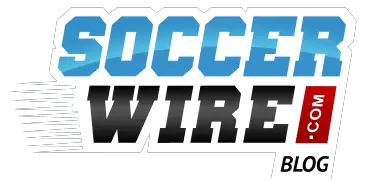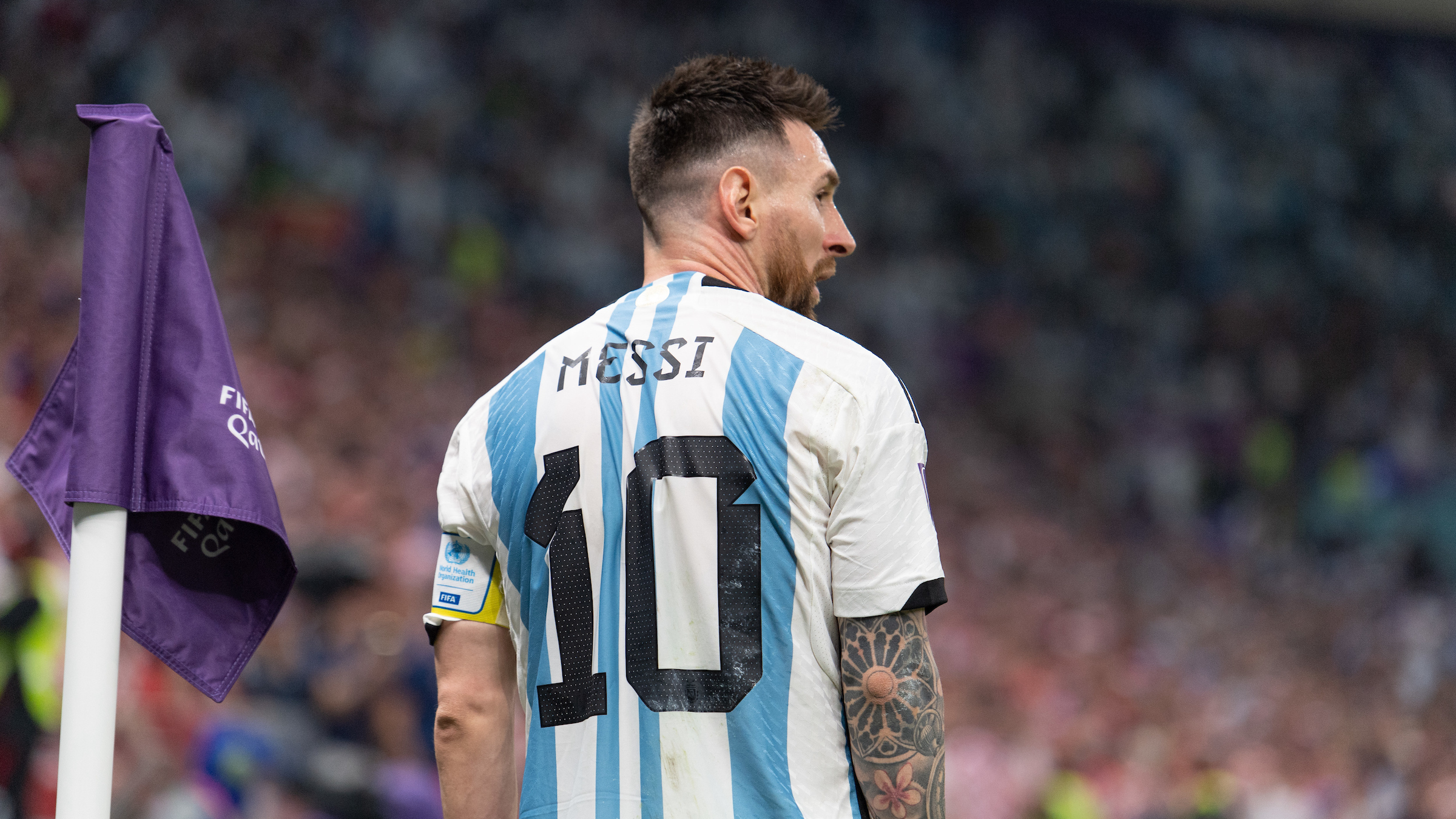Lionel Messi is coming to American soccer. After years of speculation, it was announced this week that Messi will be signing with Inter Miami CF at some point in the near future. The move was of course met with a flurry of national media attention and questions on what this all means for American soccer and our sporting culture as a whole.
While there are an array of questions that have come up during this discussion, one fascinating topic is on what this could mean for American youth soccer. As has happened in the past when a superstar player comes to MLS, people are eager to speculate about how the star’s presence could drive an increase in popularity for MLS and for the sport in general among the country’s youngest generation.
For American soccer, adding Messi will undoubtedly have a positive impact on many different facets from TV ratings (both in terms of national games and in Apple + Major League Soccer subscribers), ticket sales, and things like jersey sales and merchandising. But when it comes to getting more players interested in playing American youth soccer, there hasn’t been quite the groundswell of movement.
There are a couple of reasons for this. First, there are already a lot of Americans playing youth soccer. In a study conducted by the Sports and Fitness Industry Association in 2018, it was found that are over 4.4 million children between the ages of 6-12 participating in outdoor soccer and 2.45 million children between the ages of 13-17. In terms of core participation it ranks only behind baseball and basketball in terms of total number of participants. That number is also growing, with the rising number of girls playing youth soccer and with clubs and organizations finding additional revenue streams to help offset the high costs of recreational and travel soccer.
Second, Messi isn’t the first superstar player to lace up his cleats in America. Since MLS’ inception, the league has signed an array of international superstar talents who have come in for a short period of time, boosted ticket and jersey sales, and astounded fans. But while these moves have grown the game in many different ways, youth soccer participation is not one of them. Players such as David Beckham, Zlatan Ibrahimovic, Wayne Rooney and Thierry Henry all certainly raised the national consciousness in terms of getting people to matches, but none of them really led to more players signing up for their youth soccer team or even an MLS Academy.
If MLS and American soccer are wanting to use the Messi momentum in terms of further galvanizing American youth soccer they may want to look farther into the past to what Pele was able to accomplish. For as much as Beckham, Ibrahimovic, Rooney, and Henry are major names in soccer they don’t quite carry the panache or the brand recognition value that Messi does.
Pele, like Messi, is a cultural icon that not only moved the soccer needle in the United States but also the sports and national consciousness. Despite playing in a time where games were either shown on tape delays or not at all, Pele had a major positive effect on American youth soccer participation in the 1970s and early 1980s. Messi can do this because his name value is that high and for children he and Cristiano Ronaldo are the Pele’s of this generation (he also benefits from his highlights being widely available on YouTube and other streaming platforms). A program like MLS’ new recreational league should undoubtedly use Messi as much as possible to grow their numbers and help pull in as many players as possible.
There is also another major benefit to having Messi come to the United States that very of few of his contemporaries possess: Messi’s native language is Spanish and he comes from Latin America. For as much as American youth soccer has been successful in growing participation numbers, it has struggled woefully in cornering the Spanish language market. That there are still families in the U.S. that lack information on soccer programs because the participating organization doesn’t provide Spanish language materials or have staff that is fluent in Spanish is disappointing (pointing to Google Translate does not count).
Bringing Messi into MLS will provide a higher level of interest and attention that American youth soccer from communities that have been left out for decades. National leagues such as MLS Next, US Youth Soccer, the ECNL as well as state organizations should take this opportunity to reassess how not only how they communicate with families who speak English as a second language but also ensure that the right amount of resources are being provided to ensure these families needs are being met. This includes ensuring all financial aid documentation is available in both English and Spanish, that carding and registration guides are bilingual, and that families are aware of sponsorship opportunities (many Spanish language local businesses are interested in supporting their local youth soccer teams but lack information).
While Messi might not be needed to light a fire in American youth soccer there are many ways in which his presence to help grow the game. It is up to the youth leagues, clubs, and state organizations to find ways to help use this attention and energy and build their audiences.








